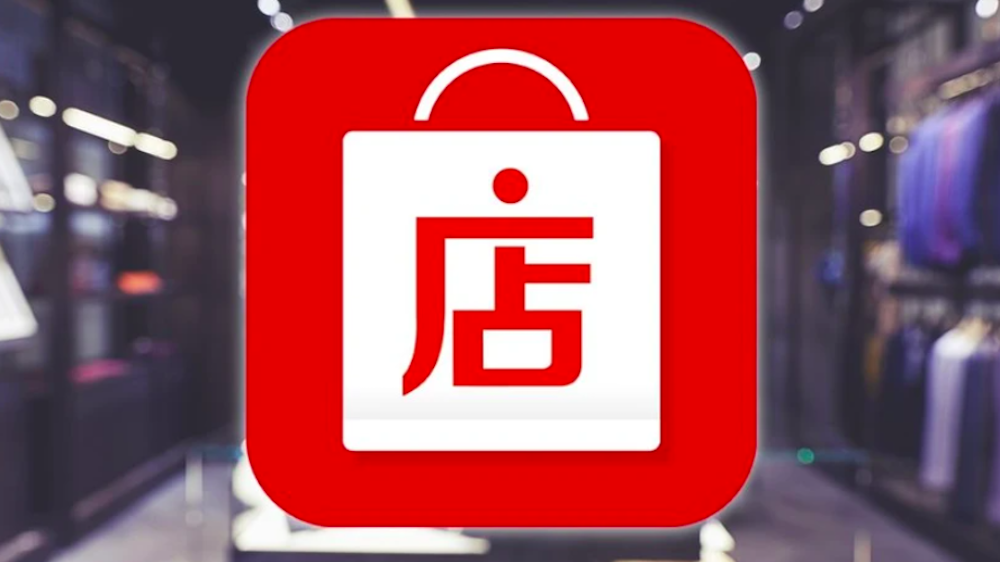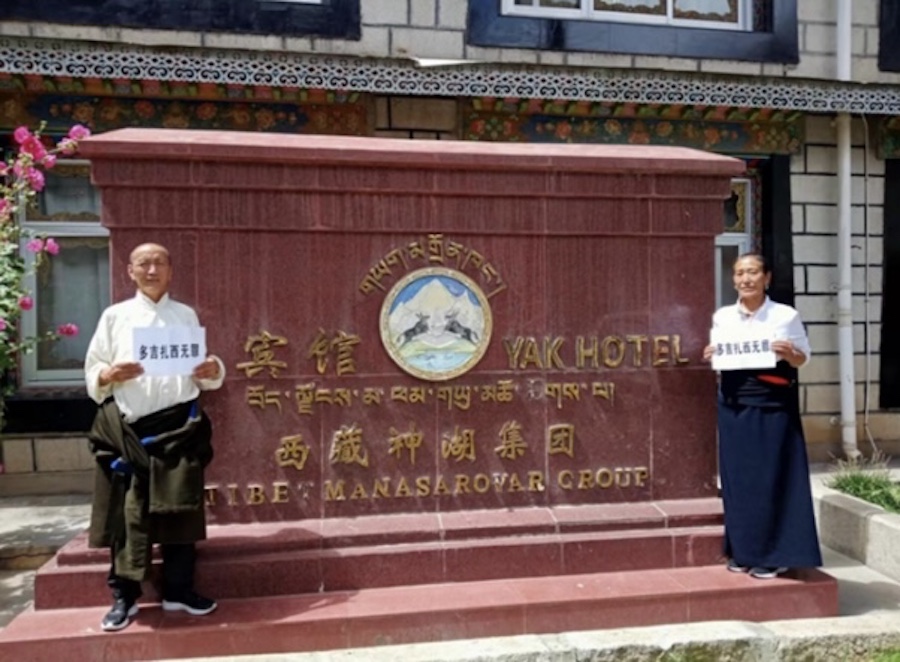By Tsering Dhundup
DHARAMSHALA, Oct. 17: In towing the official party line, a Chinese e-commerce giant has directed its platform merchants to substitute “Tibet” with “Xizang,” aligning with Beijing’s move to sinicize the name Tibet. The directive for revising product name and description translations was communicated through a notice issued by the e-commerce platform Weidian on Wednesday.
Weidian, often compared to China’s Shopify, facilitates the establishment of online stores for small and mid-sized entrepreneurs. Weidian boasts more than 90 million online retail outlets and a trading volume of 100 billion yuan (US$13.7 billion), according to its official website.
Merchants using the platform were cautioned that products featuring the term “Tibet” might be subject to removal, although no specific deadline for the transition was mentioned. The action taken by the e-commerce platform corresponds with earlier appeals by Chinese academics and state administrations to discontinue the term “Tibet,” to enhance Beijing’s position in global discussions about the region.
This decision followed a foreign ministry English readout of an address by Chinese Foreign Minister Wang Yi during a regional forum in Tibet on October 5. The official translation for Tibet used in the readout was “Xizang.”
Simultaneously, the United Front Work Department, an organization responsible for engaging with non-party individuals and groups, both within and outside China, communicated in August via its WeChat account that the matter holds political significance, beyond its linguistic aspect. They argued that the term “Tibet” may mislead the international community, as it could be confused with the concept of “Greater Tibet.”
According to Beijing, the phrase “Greater Tibet” was suggested by the Dalai Lama in the 1980s and encompasses not only the geographical area of the Tibet Autonomous Region but also parts of the so called provinces of Sichuan, Qinghai, Gansu, and Yunnan.
Following the annexation of Tibet by communist China in 1959, the Dalai Lama sought refuge in India and continues to serve as the exiled spiritual leader of Tibet. Beijing has accused him of fomenting unrest in Tibet since the late 1980s and, in 2008, labelled the Nobel Peace Prize laureate as a “separatist” seeking independence for Tibet—a claim that the Dalai Lama has consistently denied.
The Dalai Lama has proposed a peaceful resolution to the Tibet-China conflict through a middle-way approach, a stance endorsed by the Central Tibetan Government in exile. However, there is no formal communication between the two governments at present.











2 Responses
I predicted that this could happen last year. Nobody took heed.
Yes now it’s time to free Tibet!